To streamline copyright protection, it’s essential to master the art of DMCA Notice Drafting. By following a step-by-step approach, you can effectively address instances of copyright infringement. First, understand the purpose and legal framework of DMCA notices. Next, identify instances of unauthorized use by recognizing key indicators and gathering evidence to establish ownership. Then, craft a concise DMCA notice, including all required information such as contact details and a sworn statement. Address the infringer directly, demanding removal and advising of potential legal consequences. Finally, send the notice using a preferred delivery method and monitor responses closely. Seeking legal advice if necessary ensures that your copyright is protected efficiently and effectively.
Get A Free Estimate on Website DesignUnderstanding DMCA Notices
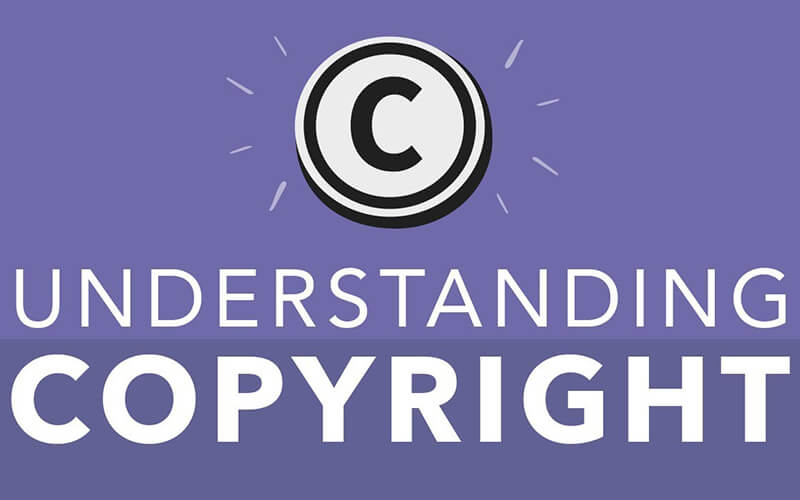
Understanding DMCA notices is paramount in navigating the complexities of copyright protection. These notices serve as legal tools for addressing instances of infringement swiftly and effectively. By comprehending the intricacies of DMCA regulations, individuals and businesses can safeguard their intellectual property rights. It is crucial to grasp the purpose and significance of DMCA notices, as they form the foundation of DMCA Notice Drafting. Through active engagement with DMCA guidelines, stakeholders can identify unauthorized use of their copyrighted material and take appropriate action. Familiarizing oneself with the requirements for drafting a DMCA notice ensures that copyright holders are equipped to assert their rights and protect their creative works from infringement.
What is a DMCA Notice?
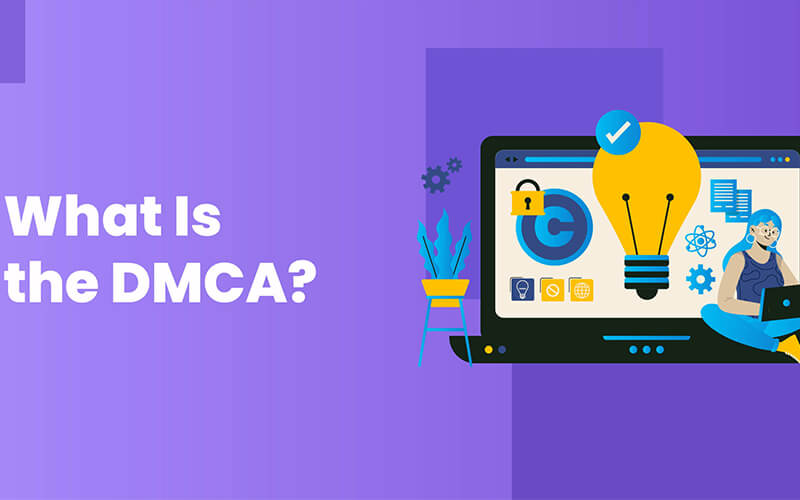
A DMCA notice serves as a formal notification to address instances of copyright infringement. This legal document outlines the violation and requests the removal of the infringing content from the internet. Understanding what a DMCA notice entails is essential for navigating copyright protection effectively. It is the initial step in the process of DMCA Notice Drafting, where copyright holders assert their rights against unauthorized use of their content. By actively engaging with the DMCA framework, individuals and businesses can take proactive measures to protect their intellectual property. Grasping the significance of DMCA notices empowers content creators to enforce their copyrights and safeguard their creative works from infringement.
Legal Framework

The legal framework surrounding DMCA notices provides the structure and guidelines for copyright protection. This framework establishes the rules and procedures for DMCA Notice Drafting, ensuring that copyright holders have a clear pathway to address instances of infringement. Understanding the legal framework is essential for navigating the complexities of copyright law and effectively enforcing intellectual property rights. By actively engaging with the legal framework, individuals and businesses can assert their rights against unauthorized use of their content. Grasping the legal framework empowers copyright holders to take decisive action to protect their creative works and preserve their rights in the digital landscape.
Get A Free Estimate on Website DesignIdentifying Copyright Infringement
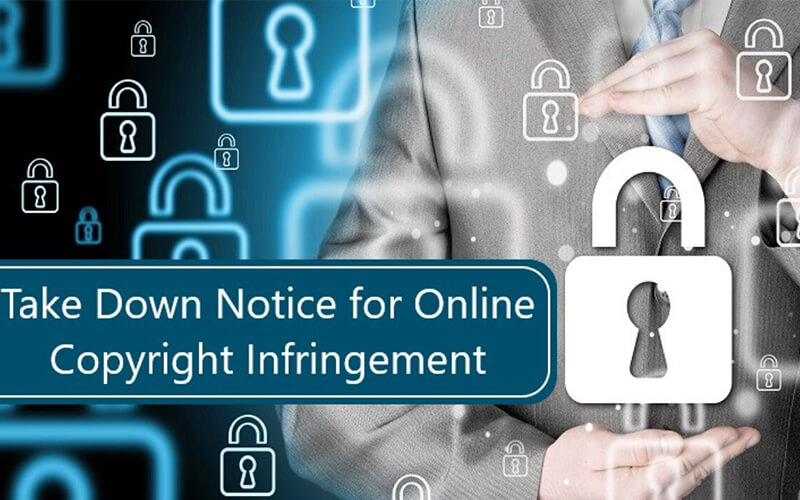
Identifying copyright infringement is a crucial step in the process of DMCA Notice Drafting. It involves actively monitoring online platforms and channels to detect unauthorized use of copyrighted material. By conducting thorough searches and investigations, copyright holders can pinpoint instances of infringement and gather evidence to support their claims. Understanding how to identify copyright infringement empowers individuals and businesses to take decisive action to protect their intellectual property rights. By promptly recognizing and addressing infringement, copyright holders can assert their rights and preserve the integrity of their creative works in the digital sphere.
Recognizing Unauthorized Use

Identifying unauthorized use is vital for DMCA Notice Drafting. This process entails actively monitoring online platforms to detect copyright infringement. By conducting thorough searches, copyright holders can gather evidence to support their claims and protect their rights. Recognizing unauthorized use empowers individuals and businesses to take decisive action to preserve the integrity of their creative works.
Gathering Evidence
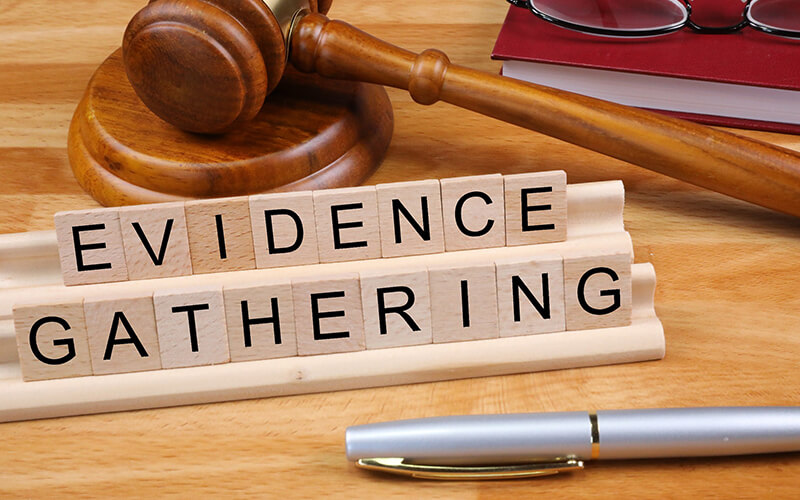
Gathering evidence is a crucial step in DMCA Notice Drafting as it provides the necessary support to address copyright infringement effectively. This process involves actively collecting relevant information and documentation to substantiate claims of unauthorized use. By carefully documenting instances of infringement, copyright holders can strengthen their case and ensure the validity of their DMCA notices. Utilizing various methods such as screenshots, links, and timestamps, copyright holders can compile compelling evidence to support their assertions. Gathering evidence empowers individuals and businesses to assert their rights confidently and take decisive action against infringement.
Get A Free Estimate on Website DesignIncluding Required Information
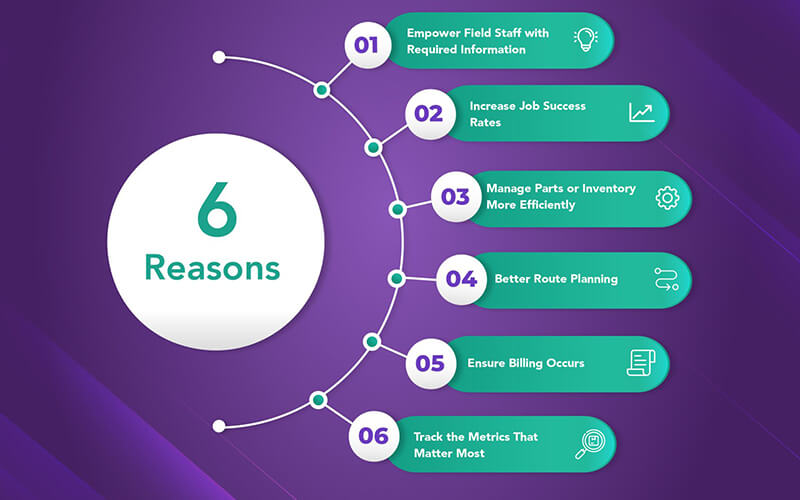
Including required information is essential inDMCA Notice Drafting as it ensures the validity and effectiveness of the notice. This step involves providing all necessary details about the copyrighted material, including its location and description, as well as information about the infringing party. By including this information, copyright holders can clearly communicate the nature of the infringement and the rights being asserted. Additionally, including required information helps streamline the process for recipients and increases the likelihood of a prompt response. Ensuring that all necessary details are included in the DMCA notice process is critical for asserting copyright protection effectively.
Statement of Good Faith
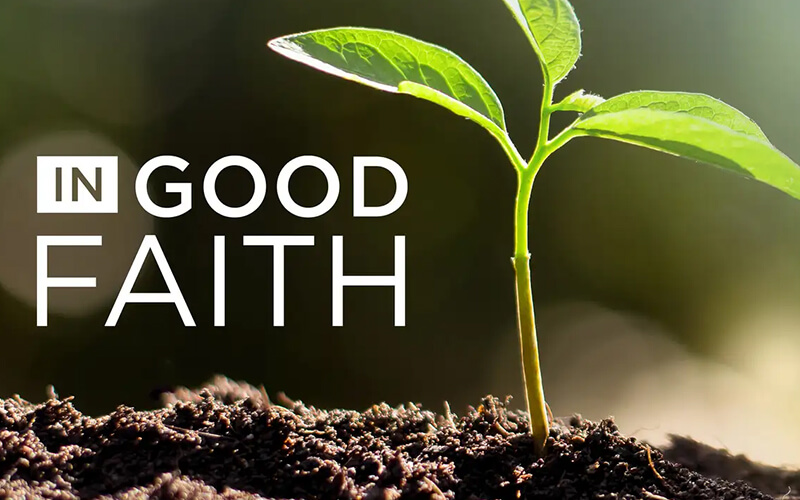
Including a statement of good faith is a fundamental aspect of DMCA as it reinforces the credibility and sincerity of the notice. This statement asserts that the information provided in the notice is accurate and truthful to the best of the copyright holder’s knowledge. By including a statement of good faith, copyright holders demonstrate their commitment to addressing copyright infringement responsibly and ethically. Additionally, this statement helps to establish trust and transparency between the parties involved in the infringement dispute. Ensuring the inclusion of a statement of good faith in the DMCA Notice Drafting process is essential for upholding the integrity of the notice and fostering a constructive resolution to the infringement issue.
Sworn Statement
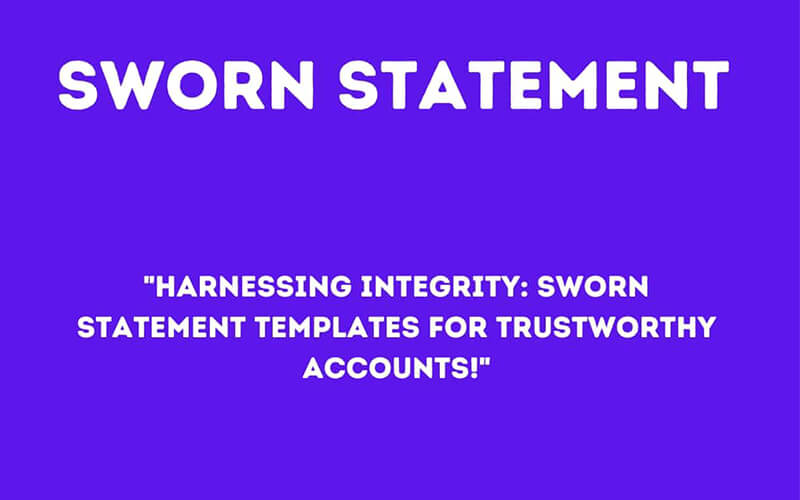
A sworn statement is crucial in DMCA Notice Drafting, affirming the accuracy of the provided information. Made under penalty of perjury, it emphasizes the seriousness of the claims. By including this statement, copyright holders assert their commitment to truthfulness and acknowledge the legal consequences of false information. This adds credibility to the notice and demonstrates readiness to take legal action if needed, strengthening the copyright holder’s position. Integrating a sworn statement into the DMCA process underscores the severity of the infringement and bolsters the copyright holder’s rights assertion.
Get A Free Estimate on Website DesignAddressing the Infringer
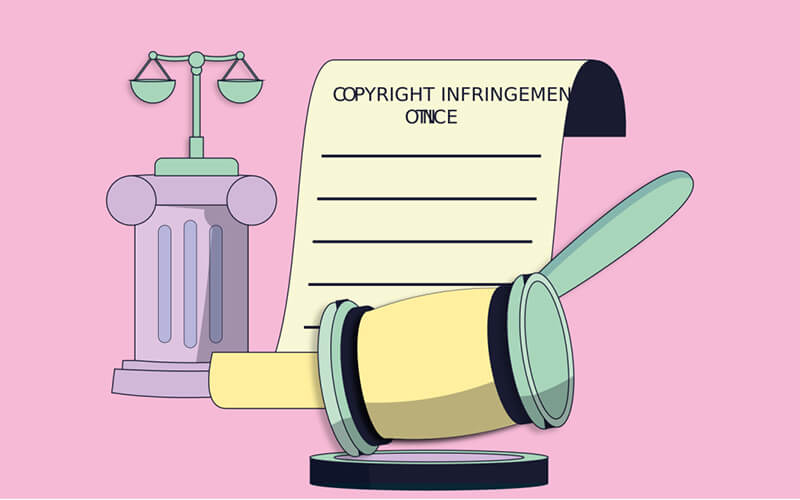
Addressing the infringer is a pivotal step in the DMCA Notice Drafting process, enabling copyright holders to communicate their concerns directly. By clearly articulating the infringement and providing specific details, such as the location of the copyrighted material and the requested actions for resolution, copyright holders establish a framework for addressing the issue. This direct Communication serves to notify the infringer of their unauthorized use of copyrighted material and provides an opportunity for them to rectify the situation. Additionally, addressing the infringer in the DMCA notice underscores the seriousness of the infringement and emphasizes the copyright holder’s rights. By initiating this dialogue, copyright holders can seek resolution and protect their intellectual property effectively.
Demanding Removal
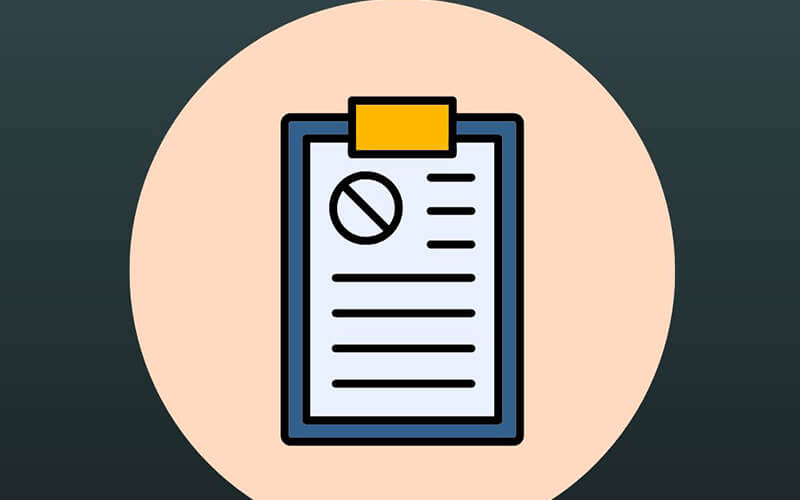
Demanding removal is a critical aspect of the DMCA Notice Drafting process, where copyright holders assert their rights and request the prompt removal of infringing material. By clearly articulating the specific URLs or locations where the copyrighted content is being used without permission. The copyright holders provide concrete evidence of the infringement. This demand serves as a formal request to the website or service provider to take down the infringing material in accordance with the provisions of the Digital Millennium Copyright Act (DMCA). Additionally, demanding removal underscores the seriousness of the infringement and emphasizes the copyright holder’s determination to protect their intellectual property. By including this demand in the DMCA notice, copyright holders can take proactive steps to mitigate the unauthorized use of their copyrighted works and uphold their rights in the digital realm.
Get A Free Estimate on Website DesignSeeking Legal Advice if Needed

In the DMCA Notice Drafting process, seeking legal advice, if needed, ensures effective navigation of intellectual property law complexities. Consulting a specialized attorney offers invaluable guidance on DMCA compliance nuances, infringement claim strengths, and strategic protection approaches. By seeking advice, copyright holders make informed decisions, mitigate risks, and optimize notice effectiveness, highlighting commitment to upholding intellectual property rights.
Consulting with Legal Experts

Consulting with legal experts is a crucial step in the DMCA Notice Drafting process, ensuring that copyright holders navigate the complexities of intellectual property law effectively. Legal professionals specializing in copyright law can provide invaluable guidance on the nuances of DMCA compliance, assess the strength of infringement claims, and advise on the most strategic approaches to protect copyright interests. By seeking expert advice, copyright holders can make informed decisions, mitigate potential risks, and optimize the effectiveness of their DMCA notices. This proactive measure underscores the seriousness of the infringement claim and demonstrates a commitment to upholding intellectual property rights.
Considering Further Action
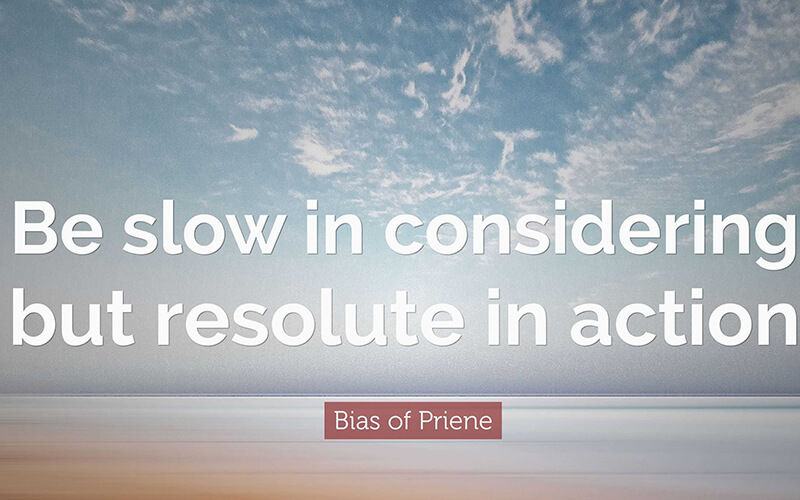
Considering further action is an important aspect of the DMCA Notice Drafting process. Especially when initial attempts to address copyright infringement prove ineffective. If infringing content persists despite the issuance of a DMCA notice, copyright holders may need to explore additional legal options to protect their intellectual property rights. This could involve pursuing litigation, seeking injunctive relief, or engaging in alternative dispute resolution methods. Before proceeding, it’s essential to weigh the potential benefits and risks of each course of action and consult with legal experts to determine the most appropriate strategy. By considering further action, copyright holders demonstrate their commitment to defending their rights and deterring future instances of infringement.
Get A Free Estimate on Website DesignStep-by-Step DMCA Notice by Software House

Drafting a DMCA notice for Software Houses involves key steps to address copyright infringement. Identify instances of infringement and gather evidence. Craft a formal notice, stating ownership assertion and specific URLs of infringing material. Request prompt removal and include a statement of good faith. Submit the notice following hosting provider’s procedures, monitor response, and seek legal advice if needed.







Leave a Reply